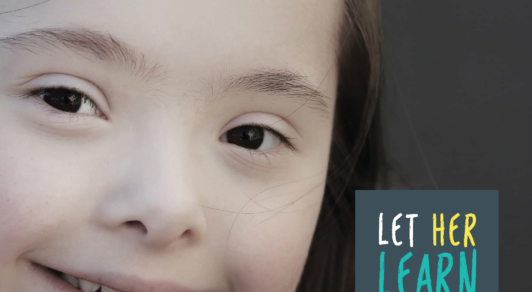Extremist judges will not stop endangering the lives of pregnant people or people who may become pregnant—overturning Roe v. Wade, attacking medication abortion, threatening the future of IVF, and this week at SCOTUS, emergency abortion care.
Our lawyers are waging strategic fights that make clear what is at stake for people who can become pregnant and seek to bolster our fundamental rights to control our lives, futures, and destinies.


 than one-eighth of white girls. And national data shows that Black girls are 5.5 times more likely and Native American girls are 3 times more likely to be suspended from school than white girls. In addition to these barriers, girls of color are more likely to attend under-resourced schools that are not culturally competent or personalized to their needs or interests, which negatively affects their educational opportunities and future earnings. Yet despite these obstacles, the Let Her Learn Survey also revealed that girls of color, as well as girls overall, are motivated to graduate and continue their education, and want help doing so.
than one-eighth of white girls. And national data shows that Black girls are 5.5 times more likely and Native American girls are 3 times more likely to be suspended from school than white girls. In addition to these barriers, girls of color are more likely to attend under-resourced schools that are not culturally competent or personalized to their needs or interests, which negatively affects their educational opportunities and future earnings. Yet despite these obstacles, the Let Her Learn Survey also revealed that girls of color, as well as girls overall, are motivated to graduate and continue their education, and want help doing so.








